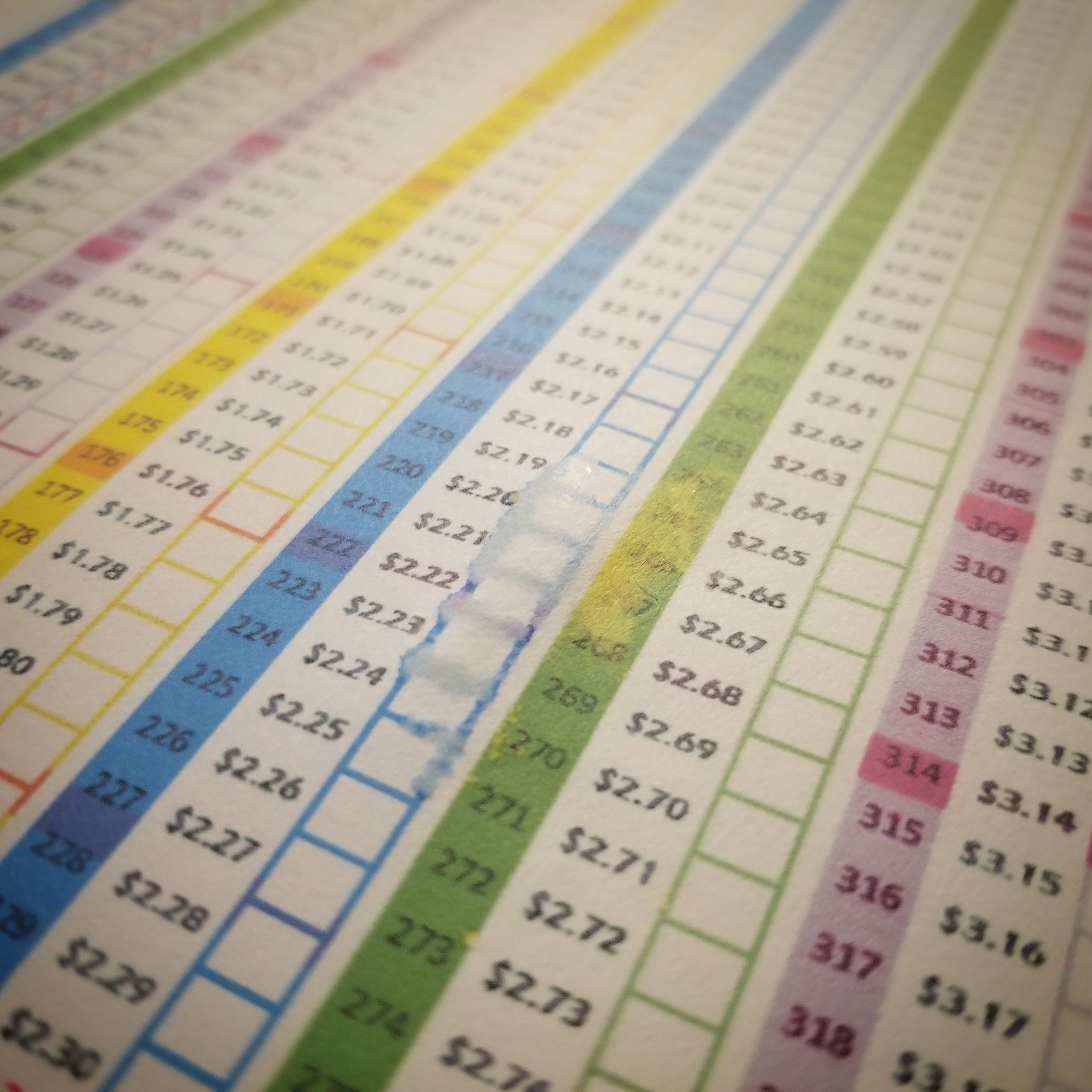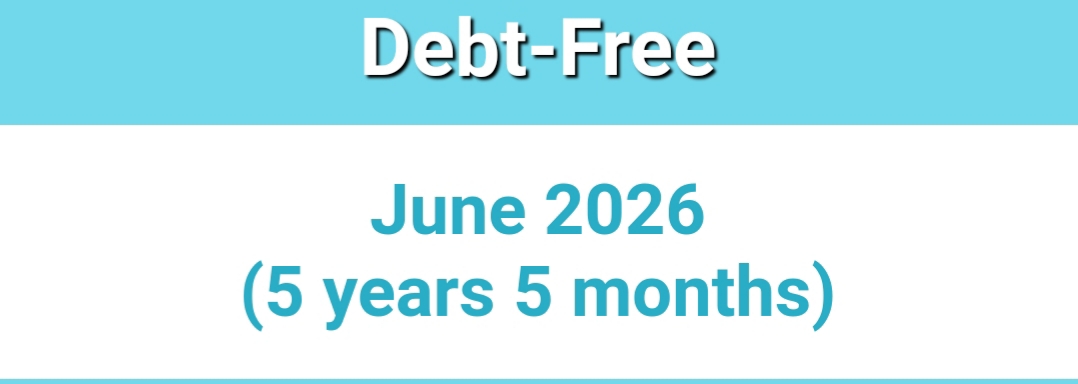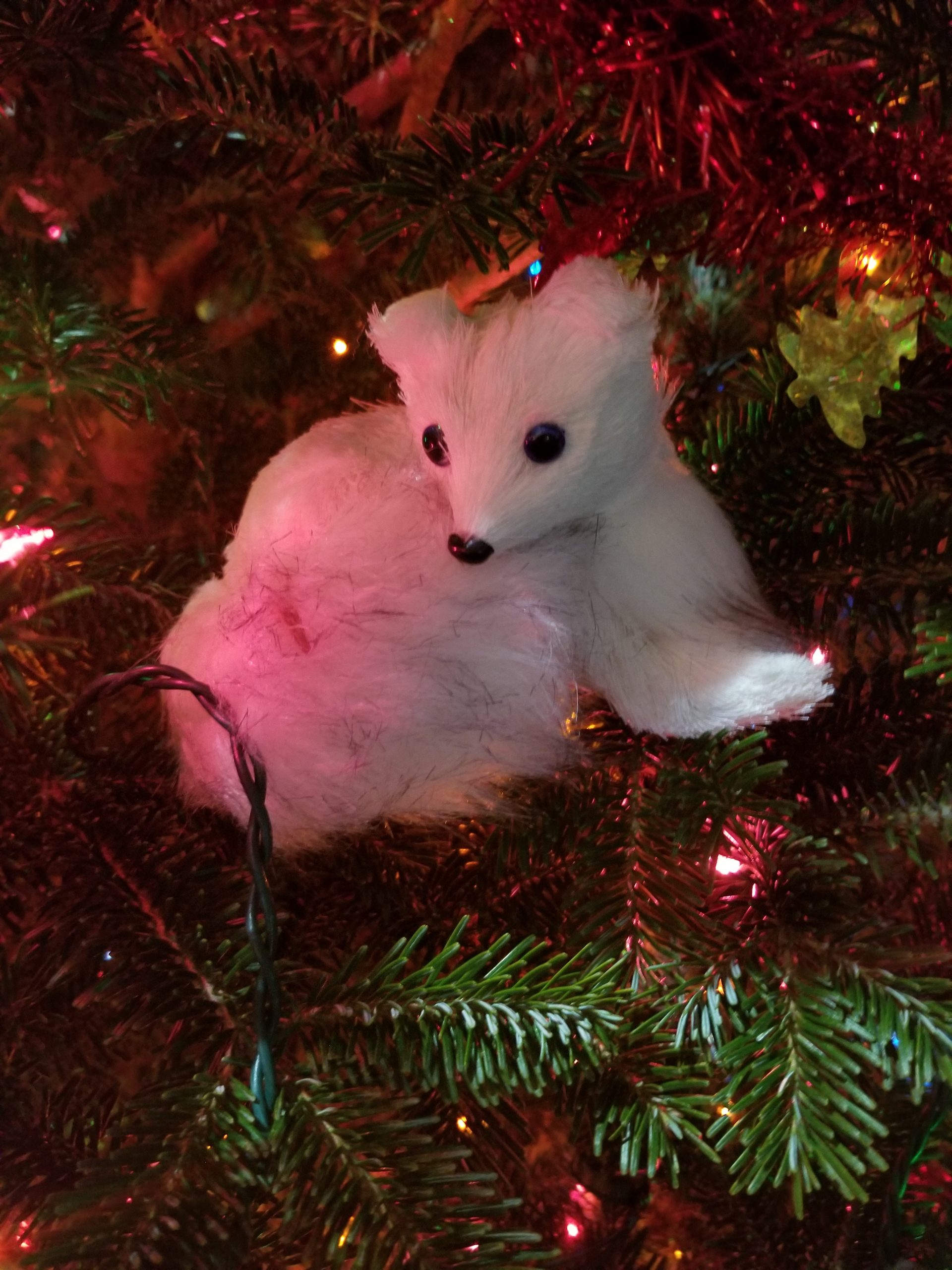To kick off our “Back to School” week, we decided on a fun science experiment. We’ve all seen commercials, or friends of Facebook, talking up there favorite cleaning supplies (maybe even trying to sell them to you). I’ve seen other experiments on other blogs, but decided to try my own, because like most people, I don’t want to take someone’s word for it if I can try it out for myself.
To start off, I made a Facebook post asking what everyone used for cleaning their countertops. I had a lot of options to choose from, and a lot of people looking forward to results!
Materials List
- Agar plates
- Paper towels
- Cup full of water, dirt, raw chicken goo, or any other kitchen nasties
- Small measuring cup
- Painter’s tape
- Sharpie marker
- Distilled water
- Cleaning agents
- Rubber/Latex,Nitrile Gloves
- Scotch tape
First, find a nice clear countertop space. Clean that section extremely well with your normal cleaner and let the countertop air dry.
Put on gloves so you don’t contaminate your freshly cleaned surface. Use the painter’s tape to make 10 squares on the countertop. These will be your 10 sample sections of the countertop. Take your sharpie and label your sections with the cleaners you chose to experiment with.

Here is all of our supplies minus the distilled water and cotton swabs that came with our agar plate kit.
Mix your cup of water, dirt, and chicken. Take your measuring cup (I used a medicine cup), and put half of a teaspoon of bacteria water on 9 of the squares. The 10th square is you clean countertop control.

Our bacteria mixture of dirt, raw chicken, rotten apple, and leftover plain spaghetti noodles with Parmesan cheese (before adding water).
Using your gloved finger, gently rub that teaspoon of water around each square. Let the water dry for 5 minutes. I chose this time because I figured if I were prepping a meal and splashed a mess onto the countertop, I probably wouldn’t get to it until I finished my task, which would be at least 5 minutes.

We had just eaten lunch, and the girls thought the bacteria water smelled disgusting, but Lilly volunteered to smear it over the countertop.
Now it’s time to clean your squares and swab! Each swab will be wet down with distilled water, swiped across the square you just cleaned, and then swiped onto the agar plate. Make sure to label each plate with a sharpie! You will flip these plates upside down in the incubator, so label the underside, and after you swab the plate, use a piece or two of scotch tape to secure the plate together.
1. Your first square is the square you didn’t put any bacteria water on. This is your clean control. This is how much bacteria was present on your freshly cleaned countertop.
2. Do not clean this square. This is your dirty control. This is how much bacteria we spread from the cup.

Swabbing the dirty control square!
The next 8 squares are the cleaners I chose. Each cleaner was prepared as directed, and a teaspoon of that cleaner was poured onto the square, then wiped thoroughly with a clean paper towel. (With the exception of Norwex and Lysol Wipes)
3. Windex and a Paper Towel. Wipe clean and swab.
4. Norwex and Water. Instead of a cleaner, Norwex states that just wiping with their towel and water is enough, so that’s what I did. Wipe clean and swab.

Swabbing our sample onto the agar plate. We turned the swab 360 degrees and then worked it as a star pattern across the plate.
5. Dawn Dish Soap, Water and a Paper Towel. Wipe clean and swab.
6. Thieves Cleaner, Water, and a Paper Towel. Wipe clean and swab.
7. Distilled White Vinegar and a Paper Towel. Wipe clean and swab.
8. Hydrogen Peroxide and a Paper Towel. Wipe clean and swab.
9. Lysol Wipes. For true disinfectant, it says the surface you clean must stay wet from the Lysol wipe for at least 4 minutes. Wipe clean and swab.
10. Rubbing Alcohol and a Paper Towel. Wipe clean and swab.
Now it’s time to transfer all of the plates to an incubator! A plastic storage container is perfect. Place all of your plates in and use a heat lamp or desk lamp to warm the inside of the container. You want the temperature to be between 85-100 degrees Fahrenheit. If it’s too cold, the bacteria will take a lot longer to grow, and if it’s too warm, it could kill the bacteria, skewing your results.

Our incubator all set up. Each sample had the lid scotch taped on and then flipped upside down, so the agar mix is facing up to the light.
In 12-24 hours, you should start to see results. *Remember, this is bacteria only, and not even all the kinds of bacteria. Viruses do not show up on these plates.*
Check back to see our results!!!
~Holly








Comments